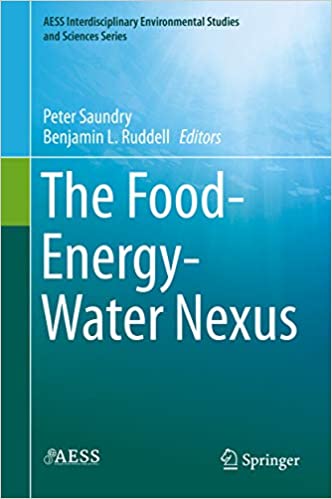
Zhou and Grassotti Published on Development of Machine Learning-Based Radiometric Bias Correction for MiRS
ESSIC/CISESS scientists Post-doctoral Associate Yan Zhou and Senior Faculty Specialist Chris Grassotti have recently published in article in Remote Sensing titled “Development of a Machine Learning-Based Radiometric Bias Correction for NOAA’s Microwave Integrated Retrieval System (MiRS)”.





